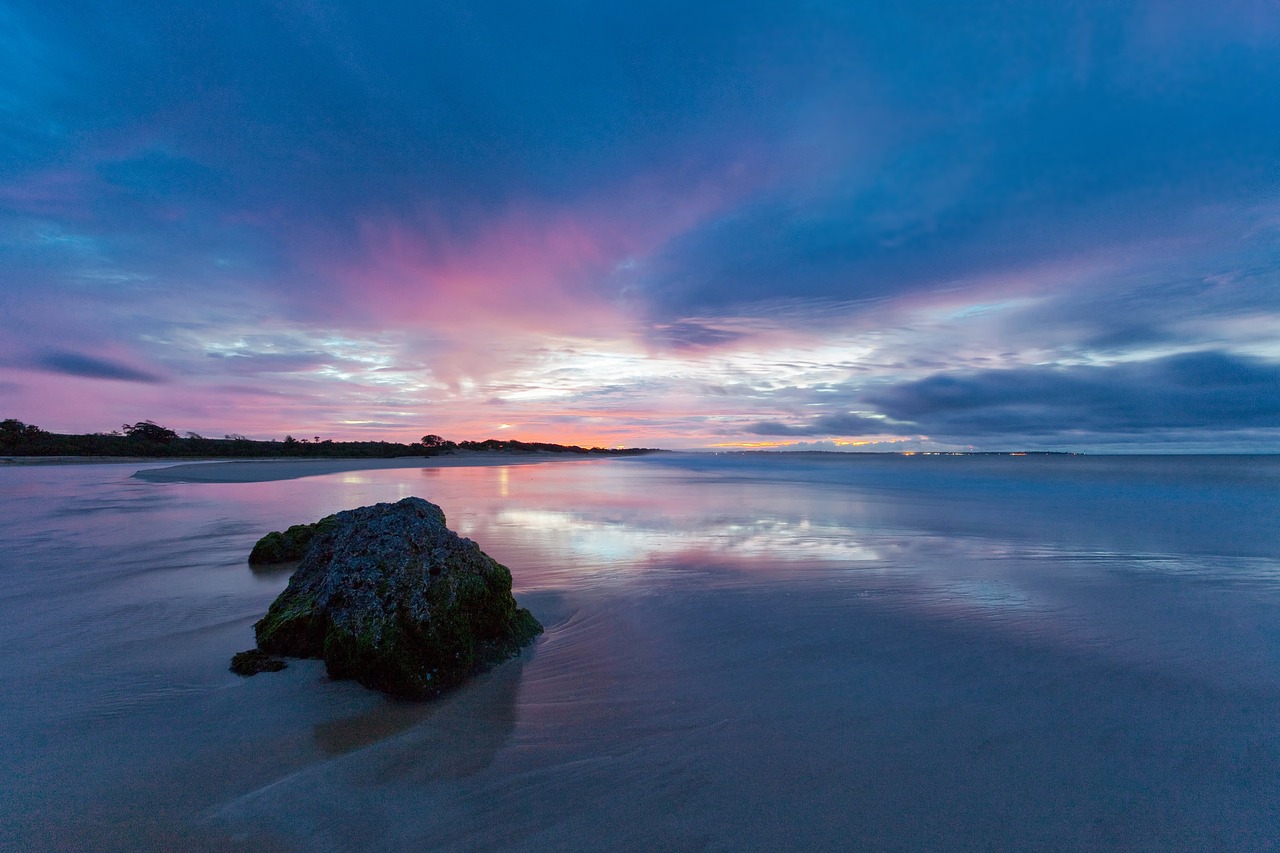Bishop Kalistos Ware continues his exploration of the stages of the journey as follows:
“So having advanced some way on the path of ‘praxis’ or ‘ethics’, having come close to ‘purity of heart’, we can begin with God’s help and grace to move on to the second stage, which Evagrius calls ‘natural contemplation’: to see God in everything, to treat nature as God’s book; to view each created thing as a sacrament of the divine presence.
You may recall the seventeenth century poem of George Herbert often used as a hymn ‘Teach me, my God and King, in all things thee to see; and what I do in anything, to do it as for thee.’ Now that’s exactly what Origen and Evagrius mean by the contemplation of nature. As it says in the second century text, the Gospel of Thomas ‘Lift the stone and you will find me. Cut the wood in two and there am I.’
In the Christian context this is not pantheism, identifying God and the world, but it is panentheism. The pantheists say: ‘God is the world and the world is God.’ The panentheist says: ‘God is in the world and the world is in God.’ But the panentheist, if he or she is Christian, will add ‘God is in the world, but he is also above and beyond the world; utterly immanent he is also utterly transcendent.’ But before we can experience, perhaps, the transcendence of God, we need to have some sense of his immanence. We need to feel the nearness before we can fully experience the otherness.
This is what is meant by the second stage, contemplating God in nature and nature in God. There is a pleasing story told about St. Anthony of Egypt and a philosopher:
“There came to the righteous Anthony one of the wise men of that time and said ‘However do you manage to carry on, Father, deprived as you are of all the consolation of books?’ Anthony replied, ‘My book, philosopher, is the nature of created things and it is ready at hand whenever I wish to read the words of God.”
This is what is meant by ‘physics’, contemplation of nature – reading God’s book.
There is a story about a hermit of our times on the mountain of Athos. He lived at the top of a precipice, about five hundred feet above the sea looking out towards the West. It was his custom to sit on his balcony each day watching the sunset, watching the sun go down into the sea. It was a marvellous view.
Now one day a young monk joined him as his disciple and the old man made him come and sit each day and watch the sunset. The young monk was a person of energy and practical character. After he had done this for several days, he said to the old monk ‘Why do we have to sit and look at the sunset every day? It’s a very nice view, but we saw it yesterday.’ And this they would have done just before going into the chapel for their night office, for the vigil.
‘What are you doing when you sit looking at the view?’ the young monk said. And the old man replied: ‘I am gathering material. I am collecting fuel. I am assembling firewood.’ In other words before he went into the darkness of the chapel and sought God present within his heart through inner prayer, through the Jesus prayer, he looked out at the world that God has made and affirmed the Divine Presence in the whole of creation.
So this is what is meant by the contemplation of nature, but very many of the Fathers, including Origen, view it in a slightly negative way. It’s not just contemplation of the wonders of God in the creation, but also a perception of the transience of the world and a desire to pass beyond it. The created order is envisaged not as an end in itself, but as a ladder of ascent.”
Bishop Kalistos Ware





